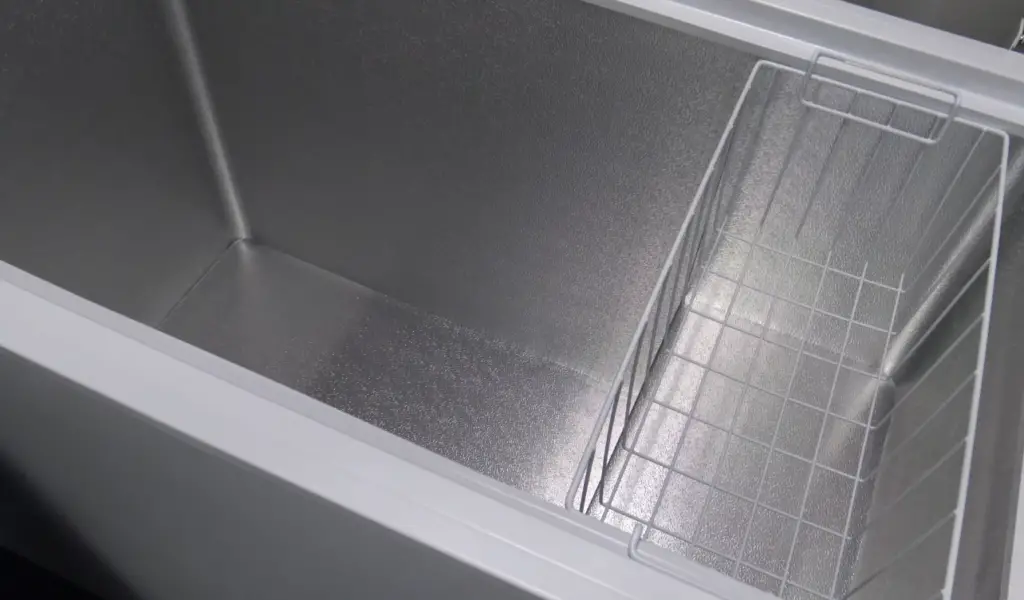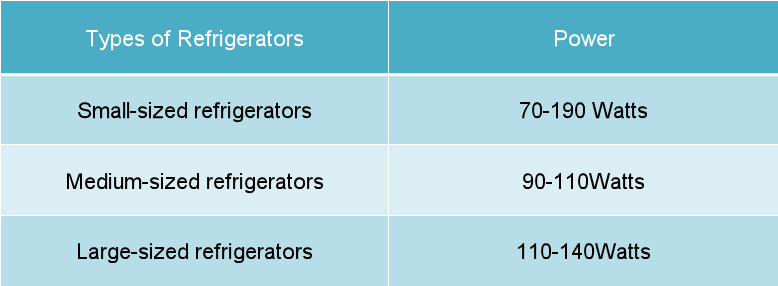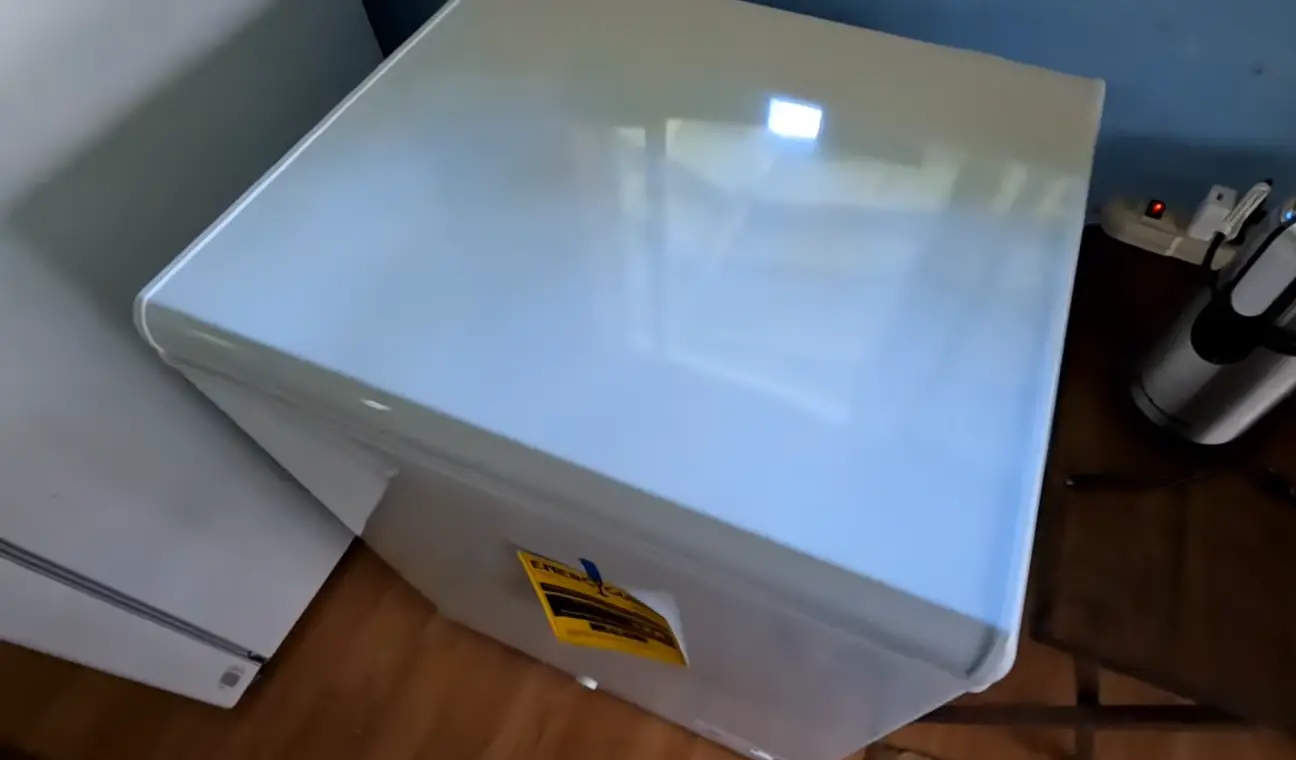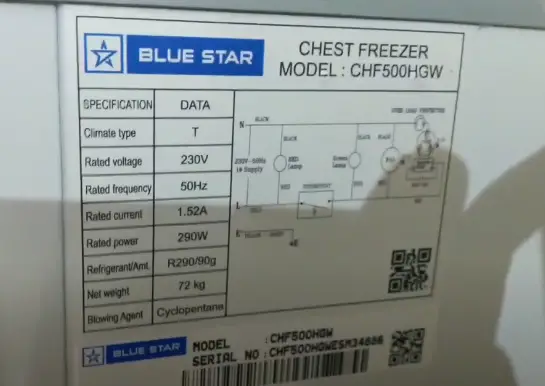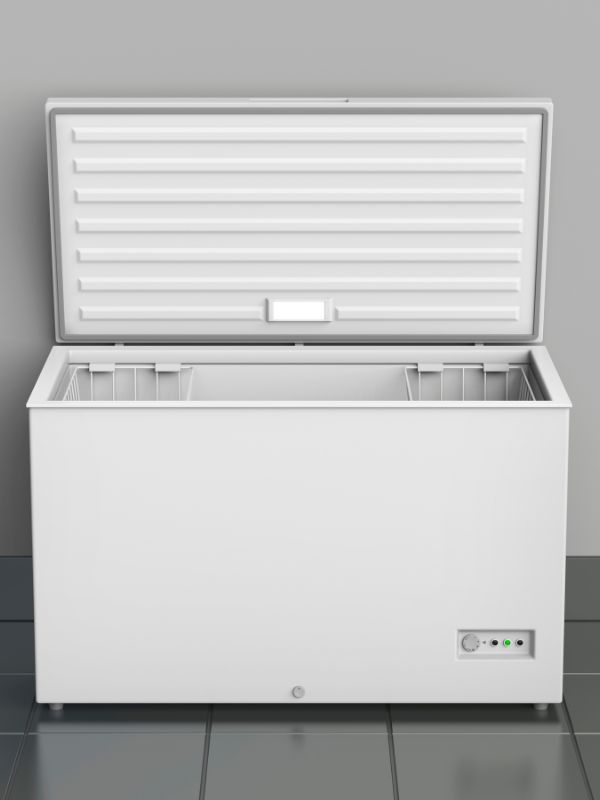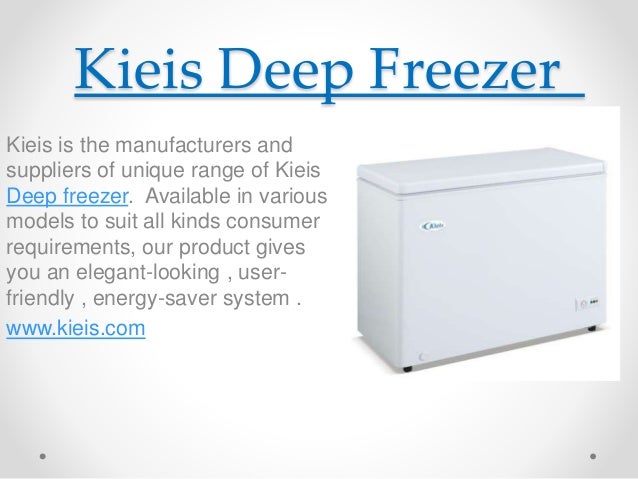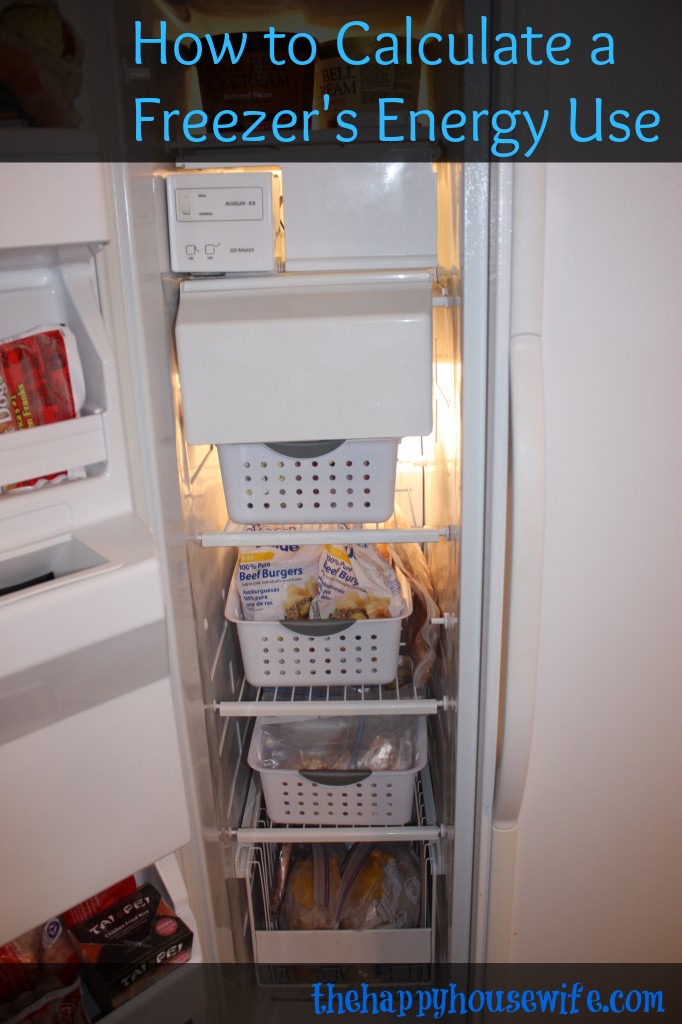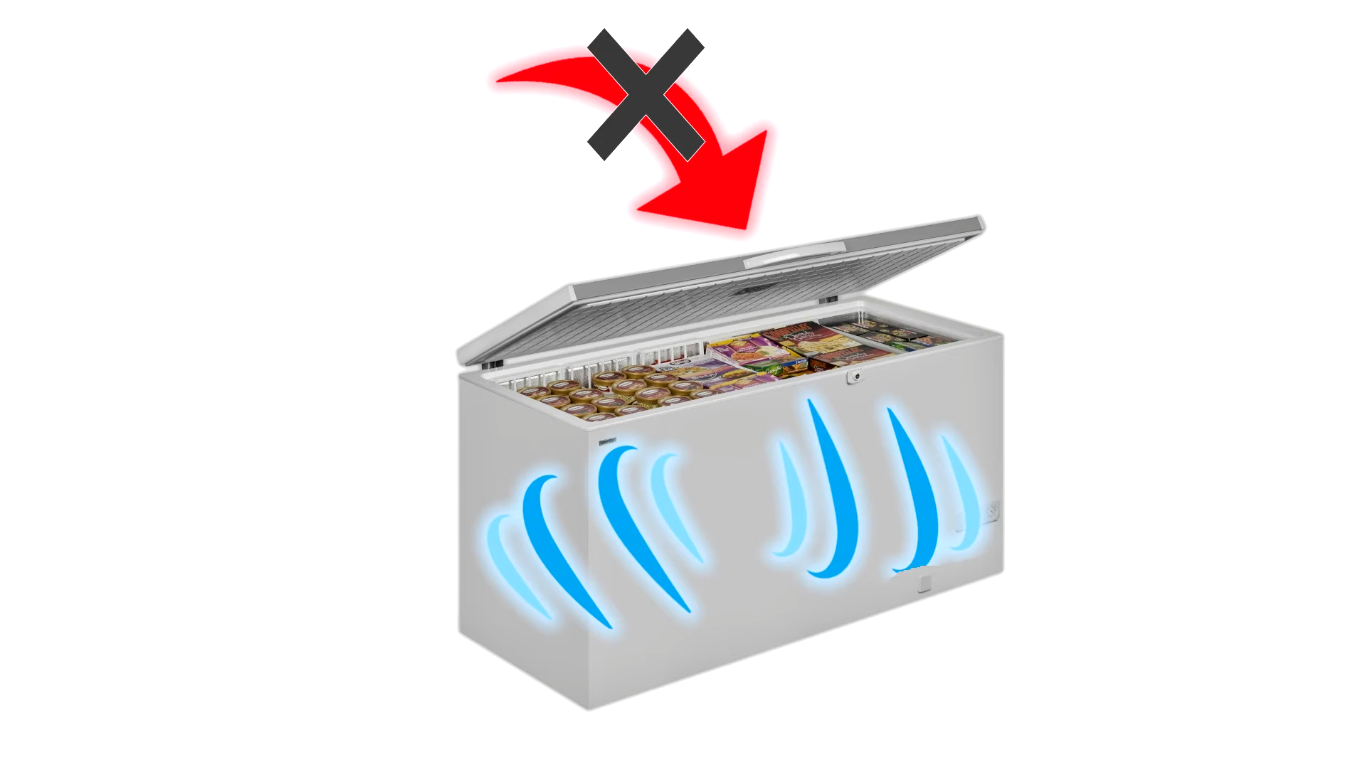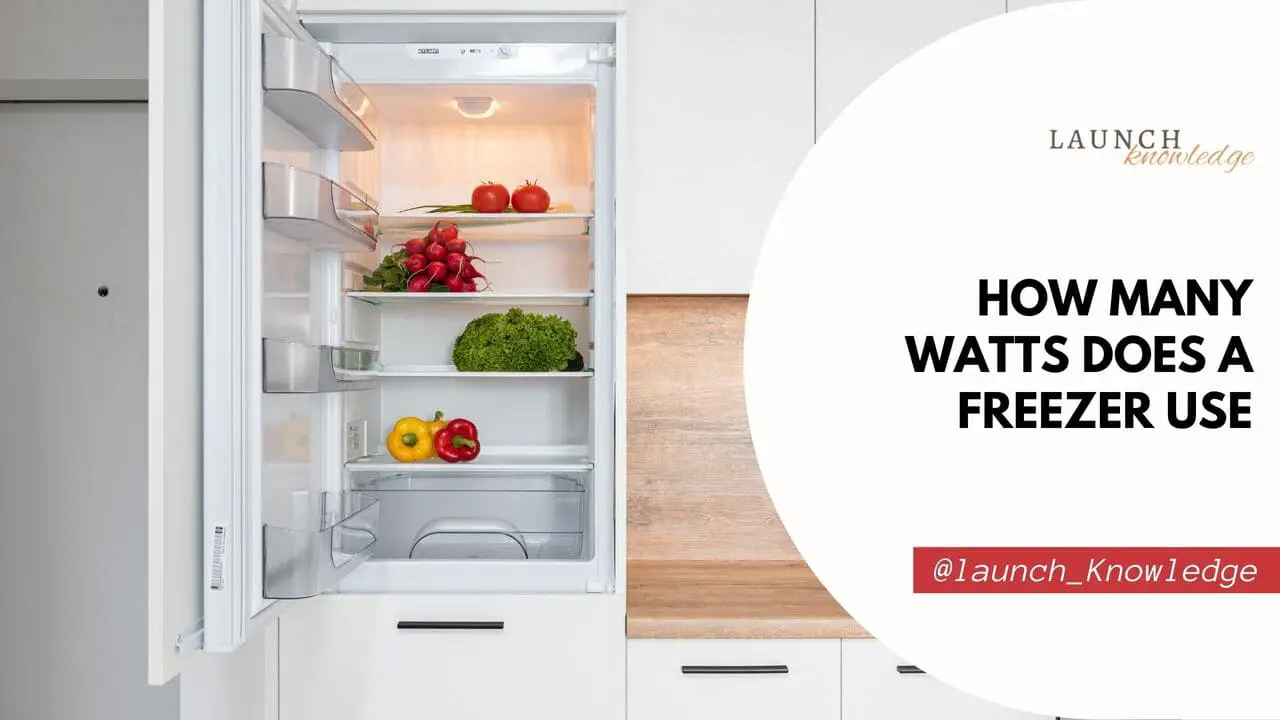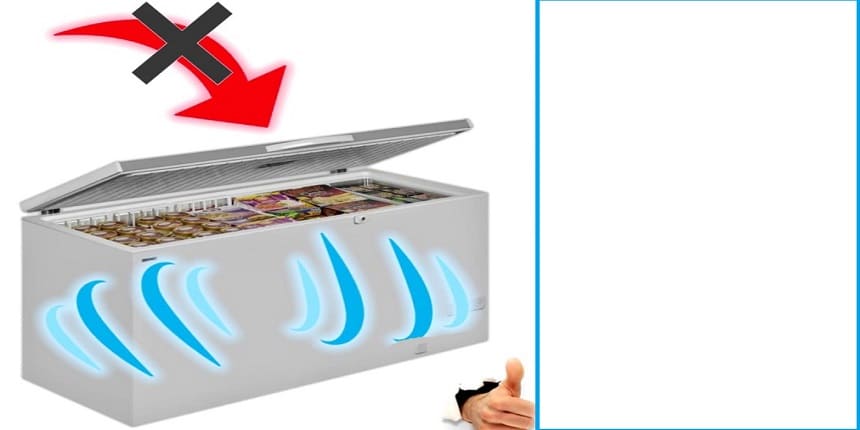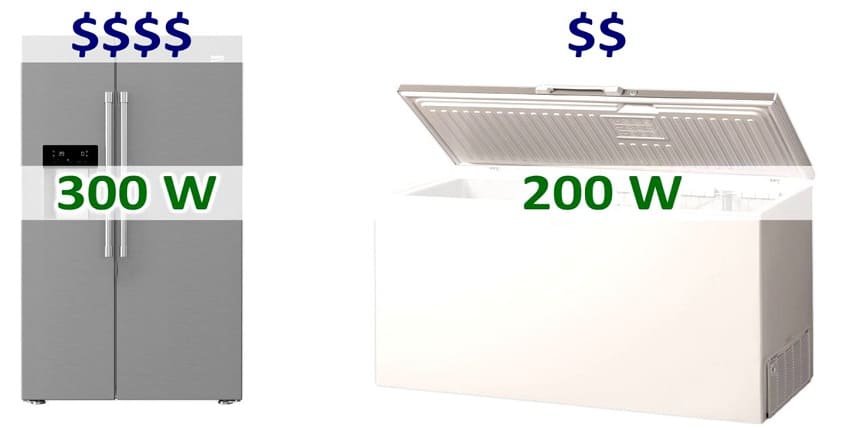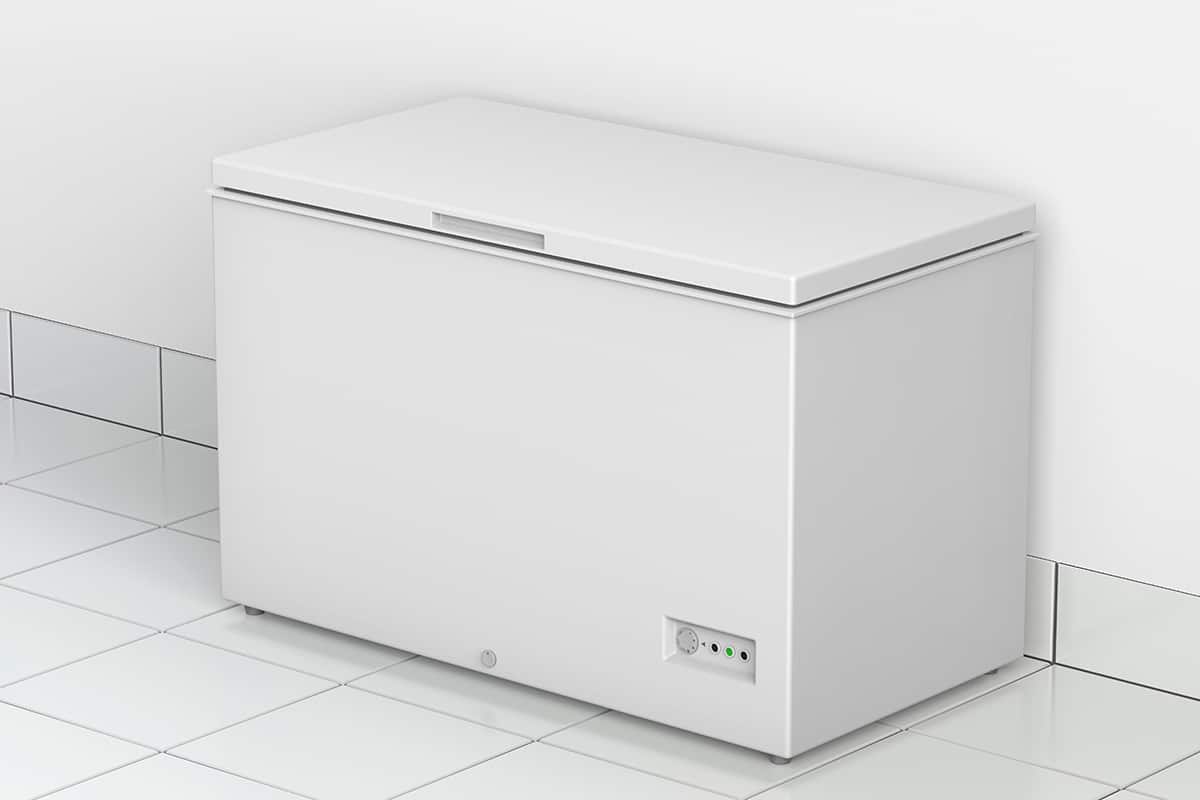How Much Electricity Does A Deep Freezer Use
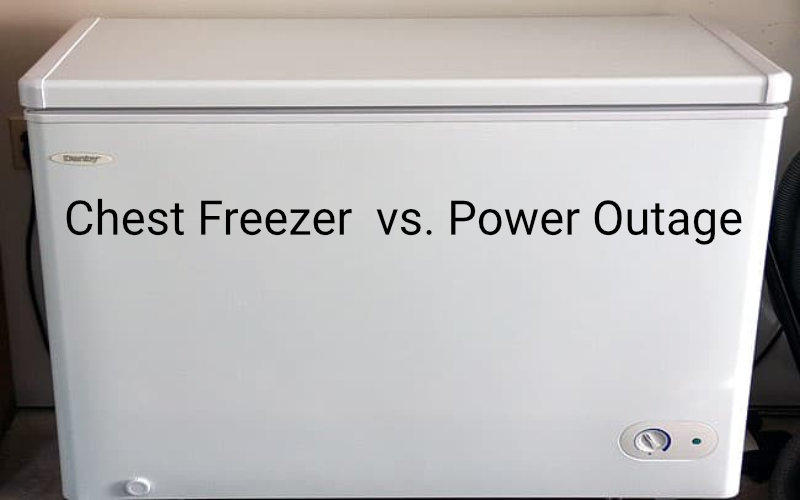
In an era defined by escalating energy costs and a growing awareness of environmental impact, understanding the power consumption of household appliances has become paramount. Deep freezers, essential for long-term food storage, often operate continuously, raising concerns about their energy footprint and the potential strain on household budgets. Calculating just how much electricity these units consume is a critical step towards informed consumer choices and effective energy management.
This article delves into the complex world of deep freezer energy usage, providing a comprehensive analysis of the factors that influence consumption, typical energy expenditure ranges, and strategies for minimizing costs. We’ll examine data from reputable organizations like the Environmental Protection Agency (EPA) and Energy Star to provide a clear and fact-driven assessment. This investigation aims to empower readers with the knowledge necessary to make informed decisions about deep freezer selection, operation, and energy conservation.
Factors Influencing Energy Consumption
Several factors directly impact the amount of electricity a deep freezer consumes. These factors range from the unit's size and age to its location and usage patterns.
Size and Type
The size of a deep freezer, measured in cubic feet, is a primary determinant of energy consumption. Larger freezers naturally require more energy to maintain their internal temperature.
Chest freezers are generally more energy-efficient than upright freezers due to their design, which minimizes cold air loss when the door is opened. Upright freezers, while more convenient for organization, tend to use more energy.
Age and Efficiency
Older deep freezers are often significantly less energy-efficient than newer models. Technological advancements in insulation, compressors, and door seals have led to substantial improvements in energy performance over the years.
Energy Star certified models are designed to meet strict energy efficiency standards, consuming considerably less electricity than non-certified counterparts. Replacing an old, inefficient freezer with an Energy Star model can result in significant energy savings.
Location and Environment
The ambient temperature of the room where the deep freezer is located plays a crucial role. A freezer in a hot garage will work harder and consume more energy than one in a cool basement.
Proper ventilation around the freezer is also essential. Restricted airflow can cause the compressor to overheat and operate less efficiently.
Usage Patterns
How frequently the deep freezer is opened and closed directly impacts energy consumption. Each time the door is opened, cold air escapes, and the freezer must expend energy to restore the desired temperature.
Keeping the freezer well-stocked can actually improve its energy efficiency. Full freezers maintain temperature more effectively than empty ones, reducing the workload on the compressor.
Typical Energy Consumption Ranges
Deep freezer energy consumption is typically measured in kilowatt-hours (kWh) per year. Actual energy usage can vary widely based on the factors mentioned above.
According to Energy Star data, a new, efficient chest freezer typically consumes between 200 and 400 kWh per year. Upright freezers, on average, use between 300 and 500 kWh per year.
Older, less efficient models can easily consume twice as much energy, potentially exceeding 800 kWh per year. This translates to a significant difference in electricity bills.
Calculating Your Freezer's Energy Consumption
Estimating your deep freezer's energy consumption can be done using a few methods. Checking the Energy Guide label, usually found on the appliance, provides an estimated annual energy consumption in kWh.
You can also use a kilowatt meter to directly measure the freezer's energy usage over a specific period. This provides a more accurate assessment based on your actual usage patterns.
To calculate the annual cost, multiply the annual kWh consumption by the cost per kWh in your area. This information is available on your electricity bill.
Strategies for Minimizing Energy Costs
Several strategies can help reduce the energy consumption of your deep freezer. Implementing these measures can lead to significant savings over time.
Ensure the freezer is located in a cool, well-ventilated area away from direct sunlight or heat sources. Regularly defrost the freezer to prevent ice buildup, which reduces efficiency.
Check and replace worn door seals to prevent cold air leaks. Avoid opening the freezer door frequently or leaving it open for extended periods.
Consider replacing an old, inefficient freezer with a new Energy Star certified model. While the initial investment may be higher, the long-term energy savings will often outweigh the cost.
The Future of Deep Freezer Efficiency
Ongoing research and development continue to drive improvements in deep freezer energy efficiency. Manufacturers are exploring new insulation materials, more efficient compressors, and smart technologies to further reduce energy consumption.
The EPA and other organizations are constantly updating energy efficiency standards to encourage innovation and promote environmentally friendly appliances. Consumers can expect to see even more energy-efficient deep freezers in the years to come.
Understanding the energy consumption of deep freezers is crucial for managing household energy costs and reducing environmental impact. By considering the factors that influence energy usage, implementing energy-saving strategies, and investing in efficient models, consumers can significantly minimize the energy footprint of these essential appliances. Staying informed about the latest advancements in freezer technology and energy efficiency standards is key to making sustainable choices and contributing to a more energy-conscious future. Empowering consumers with this knowledge is essential for promoting responsible energy consumption and fostering a more sustainable lifestyle.
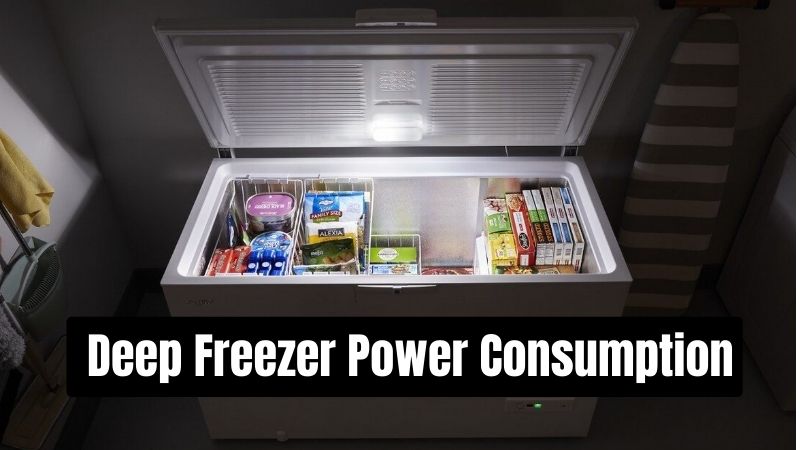
![How Much Electricity Does A Deep Freezer Use How Many Amps Does A Freezer Use [Surge, Running, Low Amp]](https://ecocostsavings.com/wp-content/uploads/2022/02/freezer-wattage.jpg)


